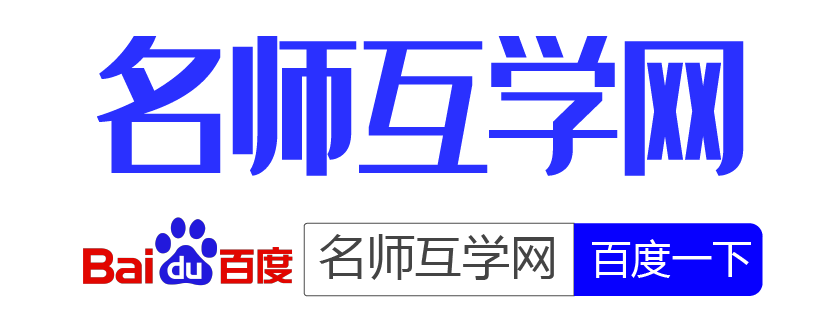题文
It seems school children all over the world complain about their school food. Cherie Blair, the wife of Prime Minister Tony Blair, said that she would prepare a packed lunch for her son if school dinners do not improve. So what do students of your age eat for lunch at school?Japan
High schools have canteens(餐厅), which serve everything from noodles to rice, but not burgers and chips. Other children bring food from home such as cold rice balls, meat or fish, pickles(泡菜) and vegetables.
Students take home a menu for the coming month containing notes on nutrition value. Twice a year parents are invited to have a taste of the food. The class with the fewest leftovers(剩饭) at the end of the month receives a prize.
Untied States
A typical menu from a US school is made up of a hamburger with fried potatoes or roast chicken, lettuce and pickles, fruit and cookies. School lunches must also provide at least one-third of the daily dietary allowances(定量) of protein, vitamin A, vitamin C, iron, calcium, and calories.
Australia
Meat pies, sausage rolls and hotdogs are all traditional dishes in Australian school shops. But as the nation pays more attention to children’s health, healthier foods have started to find their way onto school menus.
Many schools have used a traffic light system. The sale of red-labelled foods, including pastries(点心), chocolate and soft drinks, is served only twice a week. Healthier green-labelled foods such as sushi(寿司), sandwiches, corn and watermelon, however, are available every day.
In some schools, students have a choice of up to 89 foods to choose from, including popcorn and rice.
South Africa
Most of South Africa’s schools do not serve meals at all. Classes end at 1:30pm and students get their own lunches. Many students bring food from home, usually sandwiches.
Fast food and fried food sell the best among students, which has led to a rise in obesity among children. But as more people began to realize the fact that being too fat may cause different diseases, some schools in towns have led the way towards better nutrition. Now students at these schools are provided with lunches of porridge(麦片粥) with vegetables, such as cabbages, onions, beans, carrots and tomatoes.
小题1:What does the underlined word “obesity ”in the last paragraph probably mean?A.Fighting.B.Sadness.C.Food shortage.D.Overweight.小题2:We can infer from the passage that ________.A.a typical menu from a US school consists of enough nutrition.B.most students in South Africa eat their lunch at home.C.many schools in Australia have traffic lights outside their school.D.you can have whatever you like in school canteens in Japan.小题3:What is the main idea of the passage?A.Schools should try to satisfy the needs of students.B.Schools serve different foods from country to country.C.Food served in the US is the best of all.D.School children all over the world dislike their school food.小题4:The article is meant for ________.A.school lunch suppliersB.schoolmastersC.students of your ageD.nutritionists(营养学家) 题型:未知难度:其他题型
答案
小题1:D
小题2:A
小题3:B
小题4:C
解析
小题1:D词义理解题。结合But…一句的意思可推知。
小题2:A推理判断题。运用排除法并结合第四段内容可知。
小题3:B主旨大意题。从文章内容主要介绍各个国家学生的菜品种类。
小题4:C推理判断题。根据第一段最后一句并结合其后内容介绍可知。
考点
据考高分专家说,试题“It seems school chil.....”主要考查你对 [健康环保类阅读 ]考点的理解。健康环保类阅读
健康环保累阅读概念:
健康环保类文章常是介绍科学知识、生活常识和环境保护方面的短文。体裁有记叙文、 说明文、议论文和各种应用文。
健康环保类文章阅读技巧:
健康环保类文章常是介绍科学知识、生活常识和环境保护方面的短文。阅读此类短文要以现象或事物为中心进行思考,理解现象产生的原因、条件和客观规律等。同时要抓住事物的特征、用途和相互关系等。科普环保类文章一般为说明文,从结构上看大致可分为三个部分:
第一部分一般是文章的首段,主要用来提出文章的主题,即文章想要阐述、说明的主要内容;
第二部分是文章的主体,可由若干个段落组成,对文章的主题进行展开说明;
第三部分是结尾段,对文章的主题进行归纳总结。这类文章多用一般现在时,而且一般多使用客观性词语表述。有时为了强调客观性,也常使用被动语态。
从近几年的考试题来看,科普环保类的文章越来越与人们的实际生活相接近。由于此类文章缺乏故事情节,很多同学对此类文章感到费解。但一般的科普类文章都是就事论事,需要逻辑推理和想象的时候较少,因此此类阅读题也没有同学们想象中的那么难,只要多加训练,就能较好地答题。
【阅读策略】
1、概要(Summarizing):
阅完材料后,将所阅材料浓缩,摘要,做出所阅材料的书面或口头梗概。
2、组织(Organization):
阅读后根据阅读内容,识别观点、人物、事件之间的关系以及文章的结构关系。如:时间关系、比较或对比关系、相关关系及因果关系等。





